Top 4 Postpartum Yoga Postures
So you went through nine-ish months of pregnancy, labor and birth of your baby, who is now taking up most of your bandwidth. When is it time for you to focus on you again and get back to your yoga practice? (Or any kind of movement for that matter?)
Trick question. It is imperative that partners pay attention not just to the baby, but to each other, and to themselves. That good old saying “you can’t give from an empty cup” I think rings truest for parents.
To keep things as simple as possible again, I recommend the four following yoga postures as a part of the postpartum healing process. The intention behind postpartum yoga is NOT the same as prenatal. While prenatal yoga is meant to help create space in your pelvis and belly for your baby, postpartum yoga is meant to help bind your body into strong alignment again.
The postures don’t have to be done in sequence, or as a part of an hour long session. They can be sprinkled in whenever you have the time. I actually prefer my clients to spread their exercises and/or stretches out throughout the day. It’s like eating. You wouldn’t want to eat everything you’d eat in a day in one sitting, you’d spread it out over a few meals and a couple of snacks.
BIG side note: I recommend having a physical therapist help you in regaining the connection back to the correct muscle groups before you try anything more difficult than these postures below. That includes before you get back to running or your favorite exercise class, which your structure might not be ready for, even after your six-week check up with your doctor.
Of course, I preach that you know your body best, but sometimes, after birth, that connection is lost for a bit. So to err on the side of caution, have an in-home therapist come to you (like myself) to assess you while you remain comfortable and close to your baby at home while healing.
BRIDGE POSE WITH BLOCK
You can begin on your back with your block in between your thighs, feet directly in line with your ischial tuberosities (by your glutes). Press firmly into your feet, backs of your arms and head with your chin off your chest. Engage your pelvic floor, transverse abdominals, and glutes to lift up your pelvis and spine. Squeeze your block gently and hold for 10 seconds or 3 breaths. Lower yourself down and repeat up to 10 times staying aware of your back body and inner thighs, which need strengthening after birth (vaginal or cesarean).
SUPPORTED FISH POSE
Place one block length wise underneath your upper back along your thoracic spine and place the second one behind your head. Play with the heights, you may want more or less sensation for your back and chest depending on your healing process and how much your baby feeds. This posture is meant to reverse your posture from the feeding and carrying position that rounds in your chest. Take your arms out by your side with your hips grounded and feet firm into the floor. Open up through your pectoralis muscles across your upper chest and let the weight of your arms give you more sensation. Hold for 30-60 seconds. Roll over to the side to get out of this position, especially if you have a diastasis rectus.
CHAIR POSE WITH A BLOCK
As a functional and foundational pose that follows mountain pose (tadasana), chair pose should be felt in your glutes, core and upper back. With the weight mostly in your heels, sit your hips back until you feel these muscle groups turn on. Keep your spine long without overtucking or over-tilting your pelvis one way. You have many options with your arms, such as the cactus arm position I demonstrate that follows the supported fish pose for strengthening the upper back body and shoulder girdles. Hold for 5 seconds and return to standing. Repeat up to 10 times. Add the block between your thighs to keep your knees in line with your ankles at hip-width distance apart to start. Once you feel ready in your pelvic floor, try holding your baby as a weight.
LOW LUNGE POSE
Deceivingly difficult, this is a great progression towards the single leg strengthening needed to get back to more dynamic exercise such as running. Keep your front knee stacked over your ankle and keep your back knee down underneath your hip. Position your pelvis until you feel a stretch along your back leg thigh in the front (hip flexors). Keep your shoulders over your pelvis with your core engaged. Keep your hands at your hips for balance or add your arms overhead. You can challenge your balance by lifting up your chin, gaze upward in between your thumbs. Breathe and hold for 10 seconds and switch sides.
FOR ALL YOU PARTNERS OUT THERE…
These postures wouldn’t hurt you either! They will keep you connected to your body and breath as well, which can be put on the back burner for you also when you have a new little one to care for. If you don’t believe me, try them!
Let me know your thoughts on these postures, whether you had another favorite, or want to learn more about postpartum yoga by commenting below!





